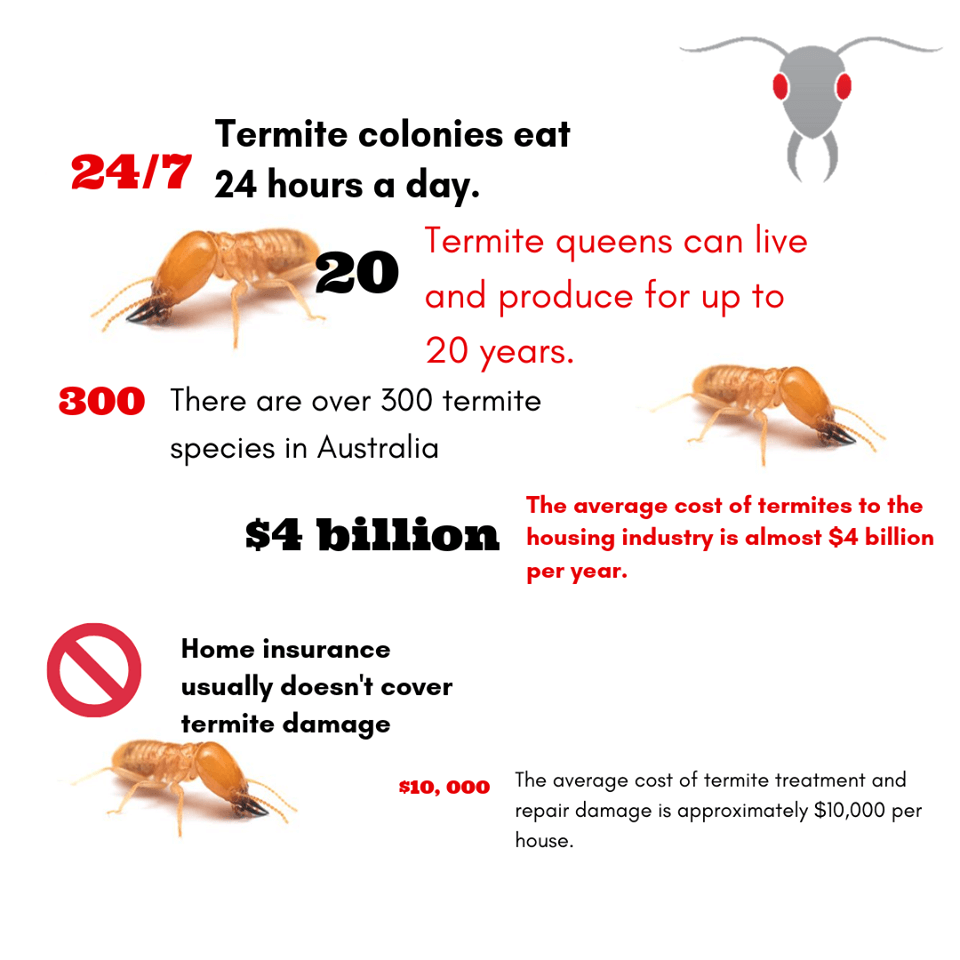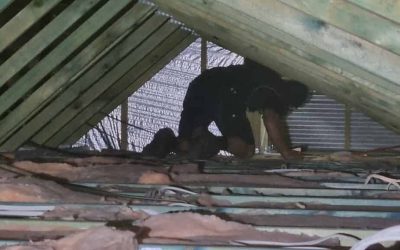Termite Damage: The Influence of Weather and Climate Change
Termites, the tiny yet destructive insects, have long been a concern for homeowners due to their ability to cause significant damage to buildings and structures. Understanding the factors that influence termite activity is crucial for effective pest control and prevention of major structural termite damage. In this article, we will delve into the impact of weather and climate change on termite infestations and the potential for rising costs related to termite damage.
Table of Contents
Termites: Year-Round Pests
Contrary to popular belief, termites are not seasonal pests. They remain active throughout the year, posing a constant threat to properties. While weather changes can affect termite behavior, once a colony is established, it continues to thrive regardless of the season. Therefore, seeking professional pest control advice is essential to protect your home from termite infestations.
The Influence of Climate on Termite Activity
Research conducted on multiple continents has shed light on the relationship between termites and climate change. A study published in Science revealed the astonishing affinity termites have for a warming planet. Scientists placed wooden blocks in different climates to measure the speed at which termites consumed them, and the results were staggering. For every 10-degree Celsius increase in temperature, termite “wood discovery and consumption” increased nearly sevenfold.
The Australian Giant Northern Termite
In Australia, Mastotermes darwiniensis, also known as the giant northern termite, poses a significant threat to structures. These termites are the last survivors of an ancestral species that coexisted with dinosaurs 150 million years ago. They are incredibly voracious and relentless in their destructive capabilities. Due to climate change, the range of these termites is expanding, causing concerns for regions previously unaffected.
The Spread of Termites in Australia
Traditionally limited to the tropical regions of northern Australia, the giant northern termite has been gradually establishing itself farther south. The town of Ti Tree, located 800 miles south of Darwin, witnessed the appearance of these termites two decades ago. Since then, they have become a common pest, causing damage to structures and hollowing out palm trees. The potential impact on Alice Springs, the main town in Australia’s Outback, is of great concern.
Climate Change and Termite Behaviour
Temperature extremes have historically protected arid parts of Australia from termite infestations. In these regions, termites rely on environmental heat rather than generating their own body heat. When temperatures drop below 68 degrees Fahrenheit, termites struggle to function effectively. However, with the gradual increase in mean temperatures and the decrease in frosty winter nights, termites are finding more favorable conditions for survival and reproduction.

The Threat of Hybridisation and Super-Termites
As climate change alters species’ habitats, the potential for hybridization among different termite species becomes a concern. In Florida, invasive termite species, Coptotermes formosanus and Coptotermes gestroi, have shown a tendency to interbreed in warmer winters. The resulting offspring grow twice as fast as their parents, giving rise to highly destructive super-termites. Such scenarios highlight the need for proactive measures to mitigate the impact of climate change on termite populations.
New research by the University of Sydney shows all-female colonies of drywood termites (Glyptotermes Nakajima) developed through unwitting human-assisted hybridisation sometime in the last century. Females from one lineage mated with males from another, as one lineage was unknowingly moved from a smaller island to mainland Japan, likely via boat. Their hybrid offspring are more genetically diverse and likely to be more robust.
In addition to stronger offspring, the all-female colonies can clone themselves and do not require a male to procreate, resulting in double the amount of breeding. According to the researchers, this is bad news for the incumbent, non-hybrid species, which can be outcompeted by its hybrid relatives.
Read More:
Economic and Environmental Consequences
Termites cause billions of dollars in damage globally each year, posing a significant economic burden. Additionally, termites play a crucial role in the carbon cycle. Like cows, termites produce methane gas as a byproduct of their digestion process. Approximately 20 million tons of methane are released annually from termite colonies. As termite populations increase due to climate change, the release of methane into the atmosphere can contribute to further climate warming, creating a worrisome feedback loop.
Read More:
Termite Damage Repair Costs https://goldcoastpestinspector.com.au/cost-of-termite-damage/
Preparation and Prevention
To tackle the challenges posed by climate change and the spread of termites, proactive measures are crucial. Regular inspections, both indoors and outdoors, can help identify early signs of termite infestations. Prompt treatment and the implementation of preventative measures, such as removing wooden debris, trimming trees, and sealing cracks and crevices, can help deter termites from establishing colonies near structures.
Pest Control Solutions
While traditional pest control methods have proven ineffective against termites, ongoing research aims to develop more efficient solutions. Bait stations containing specialized pesticides show promise in controlling termite populations. Ongoing trials in Tennant Creek, Australia, are testing the effectiveness of these bait stations in deterring or containing the giant northern termite. Finding effective treatment methods is crucial to protect vulnerable regions from the devastating impact of termite infestations.

A good termite pest inspector will make sure they thoroughly check the roof cavity as well, for signs of termite damage or infestation.
Termite traps are a powerful tool for termite infestation prevention. They require regular checking to ensure ongoing effectiveness

The Global Outlook
Australia is not the only region facing worsening termite woes due to climate change. Scientists predict that 12 of the world’s 13 most invasive termite species could expand their distribution significantly by 2050. From Canada to Patagonia, Finland to Iran, and even Greenland, the potential incursion zones are vast. As temperatures rise, termites may proliferate in regions previously unaffected, causing substantial damage to structures and ecosystems.
Conclusion
The impact of weather and climate change on termite activity is undeniable. Rising temperatures and changing climatic conditions create more favourable environments for termites to thrive and expand their range. Proactive pest control measures, ongoing research, and the development of innovative solutions are essential to mitigate the economic and environmental consequences of termite infestations. By understanding the relationship between climate change and termite behavior, we can better protect our homes and ecosystems from the relentless nature of these destructive pests.


